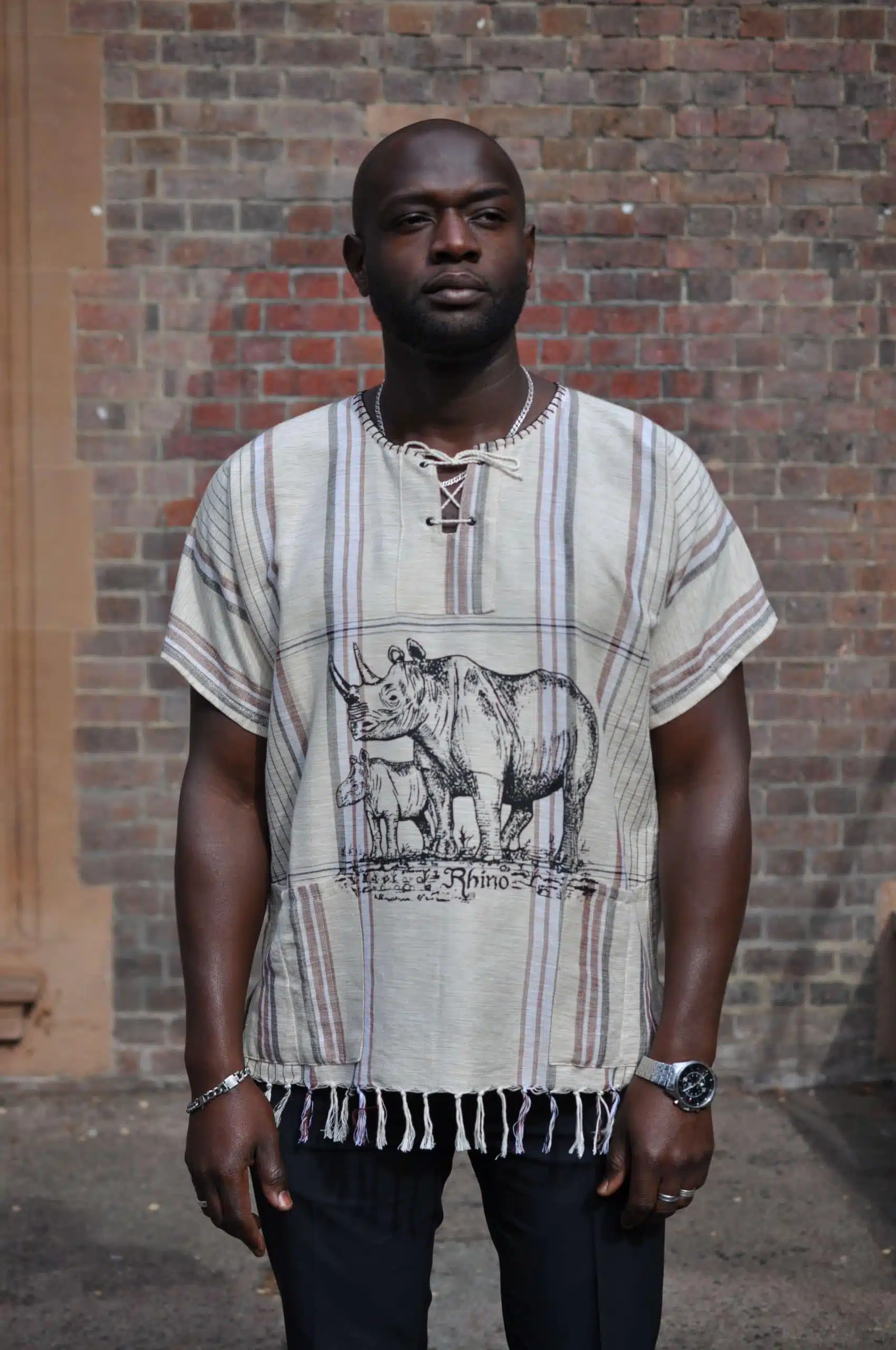
Cotton Linen Henley Shirts for Men Long Sleeve Loose Fit Casual Beach T Shirt Hippie Summer Lightweight Vacation Tops Beige at Amazon Men's Clothing store

Mens Beach Boho Gauze shirt Nehru collar long by Indiancustomemade | Bohemian shirts, Men beach, Boho shirts

Men's Bohemian Fashion for Summer {Men's boho bohemian hippie fashion, style guide} | Boho men style, Bohemian style men, Boho men



















